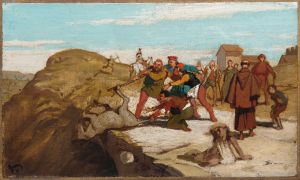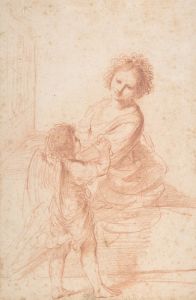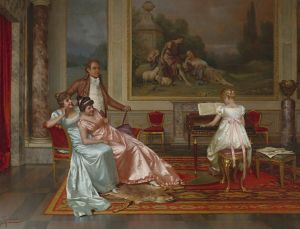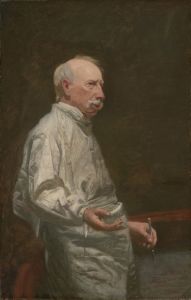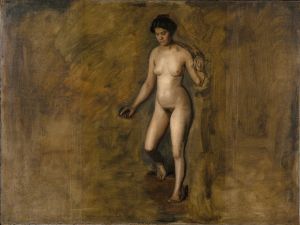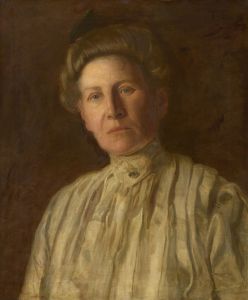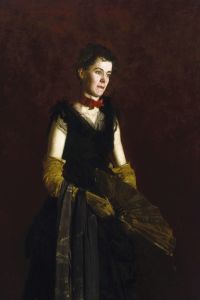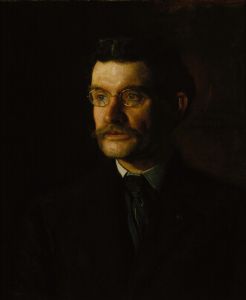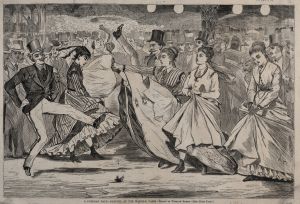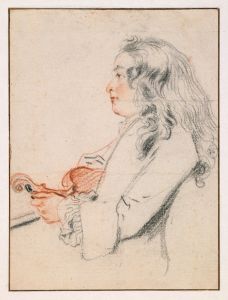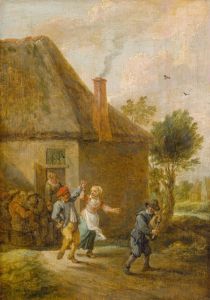
Study for ‘The Dancing Lesson’; The Banjo Player
A hand-painted replica of Thomas Eakins’s masterpiece Study for ‘The Dancing Lesson’; The Banjo Player, meticulously crafted by professional artists to capture the true essence of the original. Each piece is created with museum-quality canvas and rare mineral pigments, carefully painted by experienced artists with delicate brushstrokes and rich, layered colors to perfectly recreate the texture of the original artwork. Unlike machine-printed reproductions, this hand-painted version brings the painting to life, infused with the artist’s emotions and skill in every stroke. Whether for personal collection or home decoration, it instantly elevates the artistic atmosphere of any space.
Thomas Eakins, an influential American realist painter, created Study for ‘The Dancing Lesson’; The Banjo Player as part of his exploration of everyday life and the human figure. This artwork, believed to have been completed in the late 19th century, reflects Eakins' dedication to capturing the nuances of human activity and his interest in music and movement as central themes in his work.
The painting depicts a man playing the banjo, a popular musical instrument in 19th-century America, particularly associated with folk and African American traditions. Eakins' attention to detail is evident in the careful rendering of the musician's posture, the instrument, and the surrounding environment. The composition emphasizes the physicality of playing the banjo, with the musician's hands and body positioned to convey the act of performance. This focus on the human form and its interaction with objects is characteristic of Eakins' broader artistic practice.
Eakins was known for his meticulous approach to art, often using live models and photographic studies to achieve accuracy in his depictions. His works frequently explored themes of education, labor, and leisure, reflecting his interest in the social and cultural dynamics of his time. Music, in particular, was a recurring subject in his paintings, as it provided a lens through which he could examine human expression and interaction.
While Study for ‘The Dancing Lesson’; The Banjo Player is not as widely recognized as some of Eakins' other works, such as The Gross Clinic or The Swimming Hole, it nonetheless exemplifies his commitment to realism and his ability to capture the subtleties of everyday life. The painting is often studied in the context of Eakins' broader body of work, which sought to document and celebrate the ordinary moments that define human experience.
The exact circumstances surrounding the creation of this specific painting, including its intended purpose or whether it was part of a larger series, are not well-documented. However, it remains an important example of Eakins' skill in portraying the interplay between figure and activity, as well as his interest in the cultural significance of music.
Today, Study for ‘The Dancing Lesson’; The Banjo Player is appreciated for its technical precision and its contribution to the understanding of Thomas Eakins' artistic legacy. It serves as a testament to his ability to find beauty and meaning in the everyday, solidifying his place as one of America's foremost realist painters.





